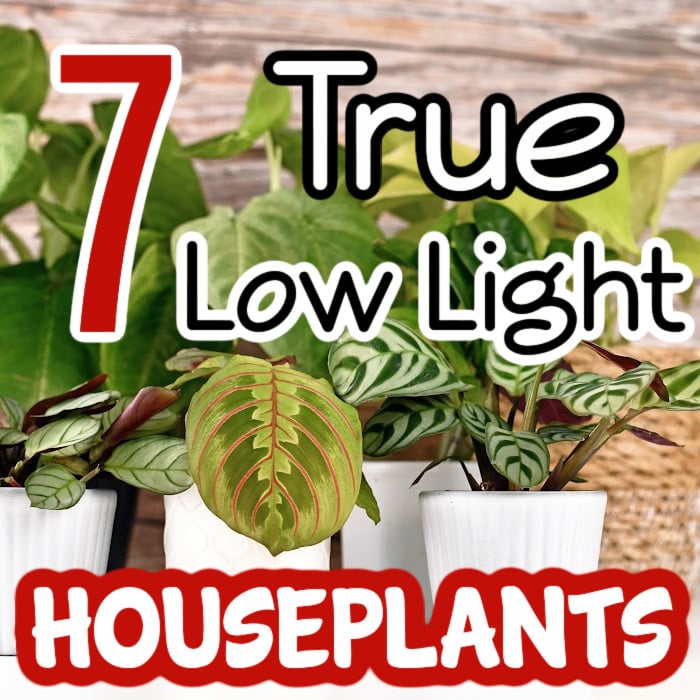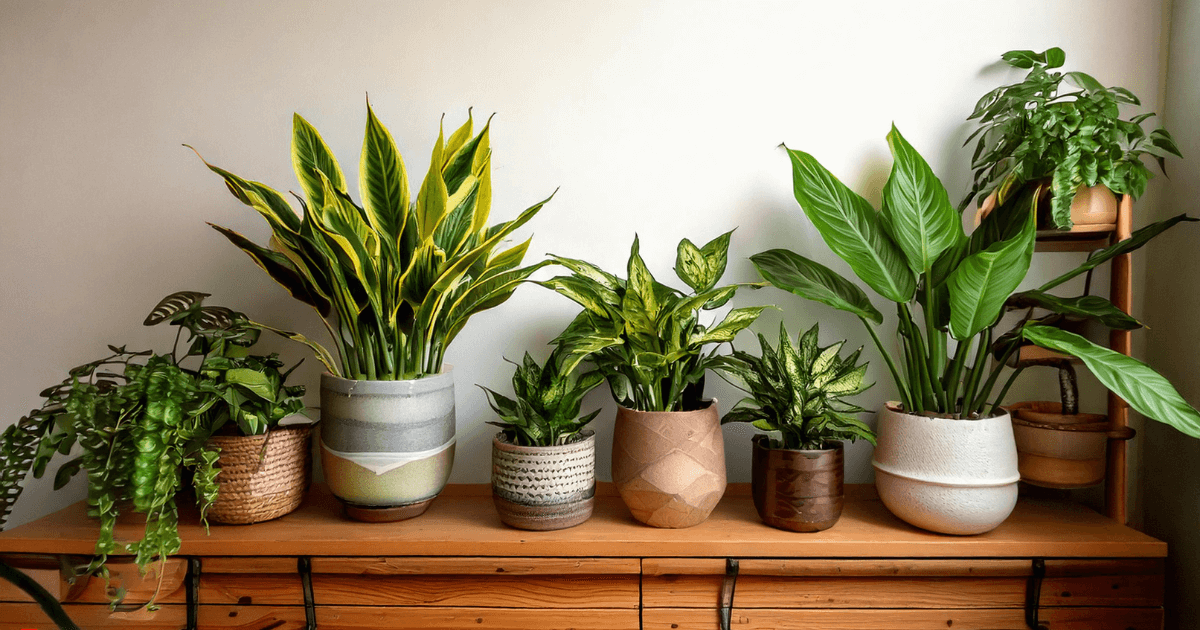Discover the Best Low-Light Indoor Plants for Your Home or Office Space
Discover the Best Low-Light Indoor Plants for Your Home or Office Space
Blog Article
Transform Your Home With Beautiful Low-Light Indoor Plants and Their Benefits
Incorporating low-light indoor plants into your home can significantly enhance both the visual and environmental top quality of your space. These plants, which grow in dark problems, offer not only as ornamental elements but additionally as natural air cleansers, making them perfect for metropolitan occupants or those with minimal sunlight direct exposure. As we explore the various kinds of low-light plants and their advantages, you might discover surprising ways to incorporate them into your home that can transform your surroundings in means you could not have expected.
Advantages of Low-Light Plants
Low-light plants provide countless advantages for interior environments, making them an excellent selection for both novice and knowledgeable gardeners. Among the primary advantages is their adaptability to low-light problems, allowing people to boost their home without the demand for substantial sunlight exposure. This characteristic makes them perfect for homes, offices, and other areas with minimal natural light.

Additionally, incorporating low-light plants right into home design can boost the aesthetic charm of a room. Their lavish vegetation and differed appearances produce a soothing atmosphere, adding to total well-being. Lastly, the visibility of plant has actually been linked to lowered stress degrees and enhanced performance, making low-light plants a sensible selection for boosting both physical and psychological health and wellness in indoor setups.
Leading Low-Light Indoor Plants
While several interior plants grow in brilliant light, numerous types are specifically fit for low-light problems, making them ideal for various interior rooms. One prominent option is the Snake Plant (Sansevieria), recognized for its striking upright fallen leaves and resilience, requiring very little care. One more excellent alternative is the Pothos (Epipremnum aureum), which includes heart-shaped leaves and can track wonderfully from racks or hangers, prospering in reduced light and adding a lush touch.
The ZZ Plant (Zamioculcas zamiifolia) is commemorated for its glossy fallen leaves and capability to stand up to neglect, making it excellent for hectic way of lives. The Peace Lily (Spathiphyllum) not just endures reduced light yet also generates magnificent white blossoms, boosting any space's visual.
For an unique touch, think about the Cast Iron Plant (Aspidistra elatior), which without a doubt measures up to its name, flourishing in the darkest corners of your home. Lastly, the Chinese Evergreen (Aglaonema) uses a variety of leaf patterns and colors while being incredibly flexible in low-light problems. These plants not only improve interior environments however additionally add to air purification, improving your living area.
Care Tips for Low-Light Plants

Sprinkling practices are Learn More Here vital; these plants commonly prefer a little completely dry conditions. Overwatering can cause root rot, so ensure that the leading inch of dirt is dry before watering once again. Use pots with drainage holes to enable excess moisture to run away.
Humidity is one more vital aspect. Several low-light plants, such as brushes and tranquility lilies, take advantage of greater moisture levels. To boost humidity, consider misting the fallen leaves or positioning a tray of water near the plants.
Fertilization needs to be approached with caution. During the expanding season, make use of a watered down, well balanced liquid fertilizer monthly to sustain growth, yet prevent feeding throughout the dormant wintertime months.

Creative Ways to Present Plants
Interior plants can serve as fascinating focal points in any space, boosting both aesthetic appeal and setting. Imaginative displays can boost the aesthetic effect of low-light plants, making them an important component of your home decor. One efficient approach is to use tiered plant stands, which permit you to display numerous plants at varying elevations while making best use of flooring room.
Hanging planters are another cutting-edge choice, creating a sense of depth and drawing the eye up. Take into consideration macramé wall mounts or wall-mounted racks to present a special structure and design.
For a much more structured technique, usage geometric terrariums or glass containers to house your plants, adding read here a modern touch to your indoor garden. You can also repurpose classic products, such as teacups or wooden crates, for an eclectic display that mirrors your individuality.
Enhancing Home Ambiance With Plants
Incorporating low-light plants right into your home not just boosts aesthetic charm yet also adds substantially to the overall setting. These plants offer as natural style components, presenting a sense of tranquility that can change any kind of space. The presence of greenery cultivates a soothing atmosphere, which is especially beneficial in high-stress settings such as office or living areas.
Low-light plants, such as serpent plants, pothos, and ZZ plants, are not only visually pleasing however additionally enhance indoor air top quality by filtering pollutants. This dual feature enhances the atmosphere better, creating a healthier living area (Best low-light indoor plants). The critical placement of these plants can also influence the understanding of space; for instance, tall plants can attract the eye upward, making ceilings appear greater and spaces extra spacious
Furthermore, differing textures and shades of foliage add depth to interior design, permitting innovative expression in home styling. Whether positioned on racks, in corners, or as centerpieces, low-light plants can raise the mood of any area. In summary, integrating these plants into your home is an effective means to cultivate a warm, inviting atmosphere while gaining the advantages of boosted air high quality and visual adaptability.
Conclusion
Integrating low-light interior plants into home environments supplies many benefits, consisting of enhanced visual charm and boosted air quality. These durable plants, such as the Serpent Plant and Peace Lily, require minimal light and upkeep, making them appropriate for varied way of livings. Their capacity to filter contaminants adds to a much healthier Recommended Reading living area, while their varied textures and colors improve indoor decoration (Best low-light indoor plants). Inevitably, the incorporation of low-light plants fosters a peaceful and welcoming atmosphere, changing any kind of home right into a serene sanctuary.
While several indoor plants thrive in intense light, numerous species are specifically appropriate for low-light problems, making them optimal for various indoor areas. One reliable method is to utilize tiered plant stands, which enable you to display numerous plants at differing heights while optimizing floor space.
Low-light plants, such as snake plants, pothos, and ZZ plants, are not only aesthetically pleasing however also improve indoor air high quality by filtering system pollutants. Best low-light indoor plants. The strategic placement of these plants can also influence the perception of room; for instance, high plants can draw the eye upward, making ceilings appear greater and rooms more large
These resilient plants, such as the Serpent Plant and Peace Lily, call for marginal light and upkeep, making them appropriate for diverse way of livings.
Report this page